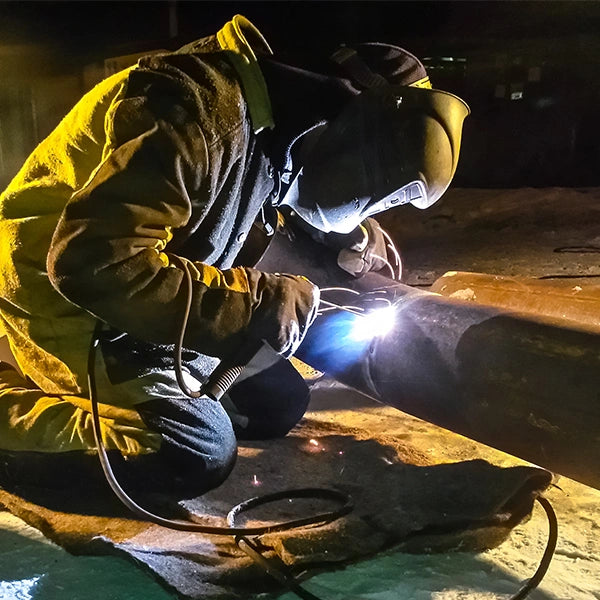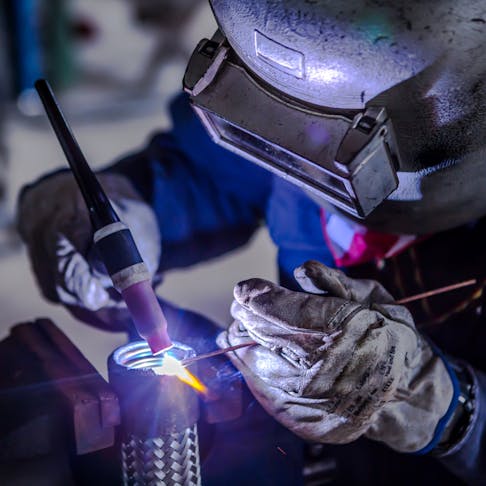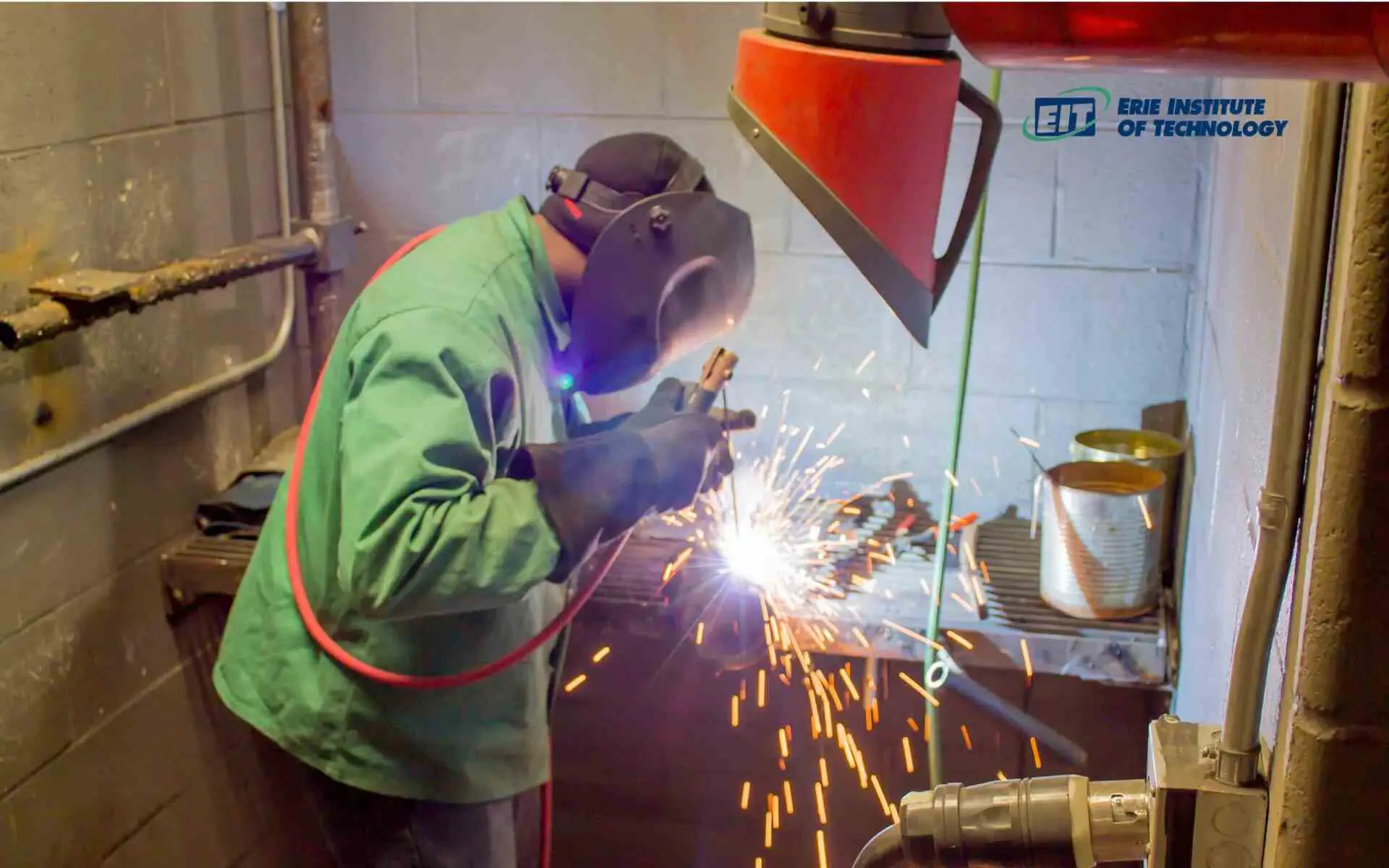The Importance of Welding WPS: Making Certain High Quality and Safety in Your Jobs
The Importance of Welding WPS: Making Certain High Quality and Safety in Your Jobs
Blog Article
The Ultimate Overview to Welding WPS Procedures: A Comprehensive Introduction for Welders
In the detailed world of welding, Welding Treatment Specifications (WPS) act as the foundation of making certain quality, consistency, and safety in welding procedures. Understanding the nuances of developing, executing, and monitoring WPS treatments is necessary for welders seeking to raise their craft and meet market criteria. As we look into the various parts of a WPS and discover the intricacies of qualification and accreditation, we will uncover the important duty these procedures play in the world of welding. Let's get started on a trip to decipher the intricacies and importance of WPS procedures in welding techniques.
Importance of WPS Procedures
Comprehending the importance of Welding Treatment Requirements (WPS) procedures is vital for guaranteeing the quality and integrity of bonded frameworks. WPS treatments act as a roadmap for welders, outlining the necessary actions, parameters, and products called for to accomplish an audio weld. By sticking to WPS guidelines, welders can guarantee consistency in their job, bring about trustworthy and structurally audio welds.
One of the key reasons WPS procedures are important is their duty in maintaining weld top quality and stability. Complying with the specified welding criteria and strategies outlined in the WPS assists prevent flaws such as porosity, cracking, or insufficient fusion, which can jeopardize the toughness and toughness of the weld. In addition, WPS treatments are critical for guaranteeing conformity with sector requirements and codes. By adhering to recognized WPS standards, welders can show that their job fulfills the necessary demands for security and top quality, giving assurance to customers, inspectors, and regulative bodies. Basically, the relevance of WPS procedures can not be overstated, as they are fundamental to achieving constant, top quality welds that fulfill industry requirements and specs.

Elements of a WPS
A Welding Procedure Requirements (WPS) typically comprises vital parts that detail the details needs for implementing a weld, guaranteeing uniformity and quality in the welding process. The vital elements of a WPS include necessary variables such as base steels, filler metals, preheat and interpass temperature levels, welding procedures, shielding gases, welding positions, and post-weld heat therapy needs.
Base steels describe the materials being joined, while filler steels are used to fill up the gap in between the base metals during welding. Preheat and interpass temperatures are critical for regulating the warmth input and protecting against problems like cracking or distortion. The welding process outlines the particular technique to be made use of, whether it's gas steel arc welding (GMAW), protected metal arc welding (SMAW), or another approach. Shielding gases shield the weld pool from atmospheric contamination. Welding settings define the orientations in which welding can be carried out. Post-weld warm treatment might be necessary to alleviate anxieties and enhance the weld's properties. An extensive understanding of these parts is important for creating a thorough and effective WPS.

Certification and Certification
Having actually developed the essential parts of a Welding Treatment Spec (WPS), the emphasis currently changes in the direction of the critical facets of credentials and certification in welding practices.

Qualification, on the various other hand, is the formal acknowledgment of a welder's credentials by a relevant accreditation body or company. Welding qualifications are usually based upon the certain welding processes, products, and placements a welder is certified to work with. Holding a legitimate welding certification demonstrates that a welder meets sector requirements and is proficient to do welding tasks to the required specs.
Creating a WPS
To establish a Welding Treatment Requirements (WPS) that fulfills sector requirements, cautious factor to consider of welding processes, products, and operational parameters is vital (welding WPS). The initial step in creating a WPS is to determine the welding process to be made use of, such as gas metal arc welding (GMAW) or protected metal arc welding (SMAW) As soon as the welding process is figured out, the next important element is picking the appropriate materials, considering variables like base steel type, thickness, and joint layout. Operational specifications such as welding existing, voltage, traveling rate, and protecting gas structure should additionally be thoroughly defined in the WPS.

Implementing and Monitoring WPS
Upon wrapping up the extensive Welding Procedure Specification (WPS) that diligently details welding procedures, products, operational specifications, and quality assurance measures, the useful reference emphasis shifts to from this source successfully implementing and keeping an eye on the well-known treatments. Implementation entails guaranteeing that all welders associated with the job know with the WPS and follow it carefully throughout the welding procedure. This requires giving appropriate training and supervision to assure adherence to the specified procedures. Checking the WPS involves constant oversight to validate that welding tasks align with the recorded specifications. Assessments, testing, and high quality control procedures are essential elements of the surveillance process to identify any inconsistencies or issues promptly. Routine audits and evaluations of the welding procedures aid in maintaining consistency and high quality throughout the project. Effective application and surveillance of the WPS are vital for making sure the integrity, stamina, and safety and security of the welded joints, eventually adding to the total success of the welding job.
Final Thought
Finally, understanding and complying with Welding Treatment Specs (WPS) is vital for welders to make certain high quality, uniformity, and safety in their work. By recognizing the elements of a WPS, acquiring correct qualifications and certifications, creating comprehensive treatments, and executing and checking them properly, welders can enhance their skills and effectiveness in welding practices. Complying reference with WPS treatments is vital for generating top quality welds and meeting industry criteria.
In the complex globe of welding, Welding Treatment Specifications (WPS) offer as the foundation of ensuring high quality, consistency, and security in welding procedures. The welding procedure lays out the certain method to be utilized, whether it's gas steel arc welding (GMAW), secured metal arc welding (SMAW), or an additional technique.To create a Welding Treatment Spec (WPS) that meets sector requirements, careful consideration of welding processes, materials, and operational parameters is important. The first action in developing a WPS is to recognize the welding process to be made use of, such as gas metal arc welding (GMAW) or shielded metal arc welding (SMAW)Upon finalizing the detailed Welding Procedure Specification (WPS) that thoroughly information welding processes, products, operational criteria, and quality assurance actions, the emphasis changes to properly executing and monitoring the well-known treatments.
Report this page